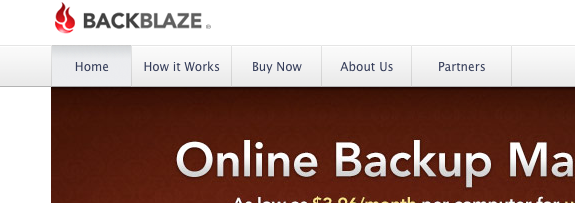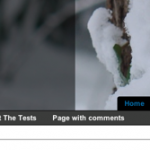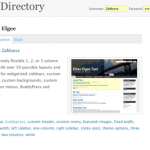I’ve had time to mull over the implications of my previous post on technological solutions to what ails journalism and have come to the conclusion that a solution based on high technology would ultimately fail for the same reason that PGP-based email encryption has failed to catch on in the world at large: it’s simply too complicated for the average user to interact with, let alone understand. The very notions of “key exchanges” and “signing” tend to be over users’ heads and questions such as “What do you mean, they have to send me a key first? Why can’t I just send them email and have it be encrypted without messing around with all that extra stuff?” While the concepts behind public key encryption are fundamentally sound and fairly easy to understand for computer science grads, they tend to be over the heads of average users. Still, I believe that the idea of using technology to enhance the trust relationship between the producers and consumers of news to be one within reach. If a high-tech solution is out of the question, though, what are we left with?
Then it struck me: simply leverage social network effects to make up for any technological shortcomings.
Three sites known for their exploitation of network effects immediately leapt to mind: digg, MySpace and Google. Each of these sites (and their corresponding technological underpinnings) rely upon users to build and make up for content and relationships that their systems would otherwise lack. digg allows users to both submit noteworthy content and vote for content that strikes them as interesting, allowing the stories that most people find interesting to “bubble to the top”. Blatant spam attempts, linkwhoring, repeat content, etc. tend to get “dugg” downwards, assuring that most digg readers never see the worst of the worst. MySpace offers users a chance to build a network of friends through simple invitations and gives a chance for all to see the networks each user has managed to collect. Google, through a set of algorithms they have spent millions of dollars and hundreds of thousands of man-hours in developing, peruses each site that it knows about, assigning each page a relative ranking (known as “Page Rank” – creative, I know) based upon the number and “strength” of links other Internet users have chosen to point to it. The cardinality of each link is used to give each page its own place in the hierarchy of the Web. Each of these models, particularly in some combination of the three, could be used to great effect in the furtherance of restoring trust in journalism.
Imagine a site where each reporter and source maintained a MySpace-esque profile page listing each and every user that has given their explicit trust to the news producer, couple that functionality with the ability for users to affect the actual news that gets top treatment ala digg, add in a distributed protocol of “trust links” or somesuch that would allow independant, average citizens (read: bloggers) to note their trust for certain authors. Bloggers and web content creators already obsess over Search Engine Optimization (SEO) – what would our news organizations look like if they similarly obsessed over their Trust Engine Optimization? Their Google Trust Rank? All of these notions use interface cues and concepts that are already widely-used by average Netizens of all stripes.
So, all that being said, how do we get the AP, Reuters, etc. to care about TEO?





